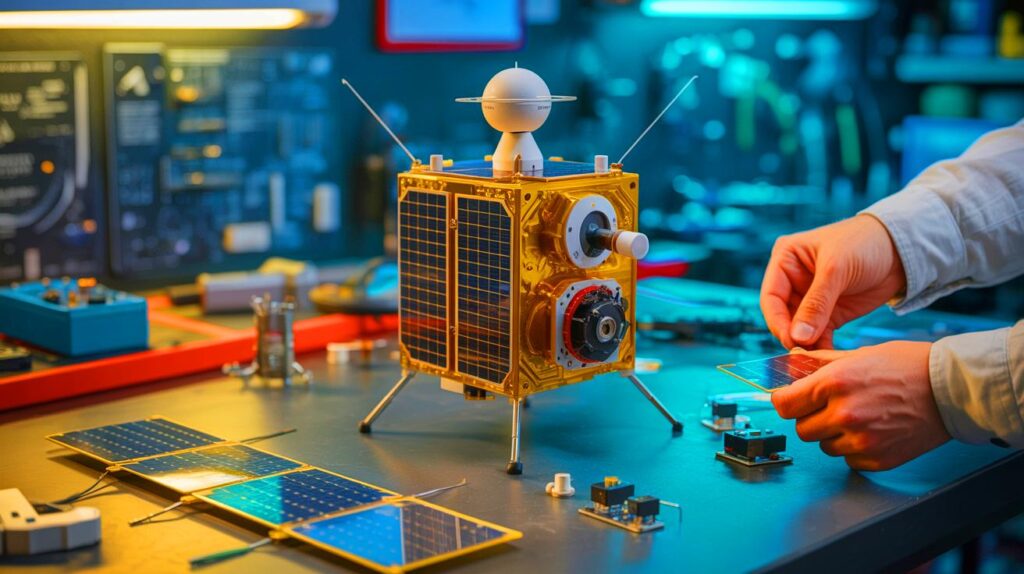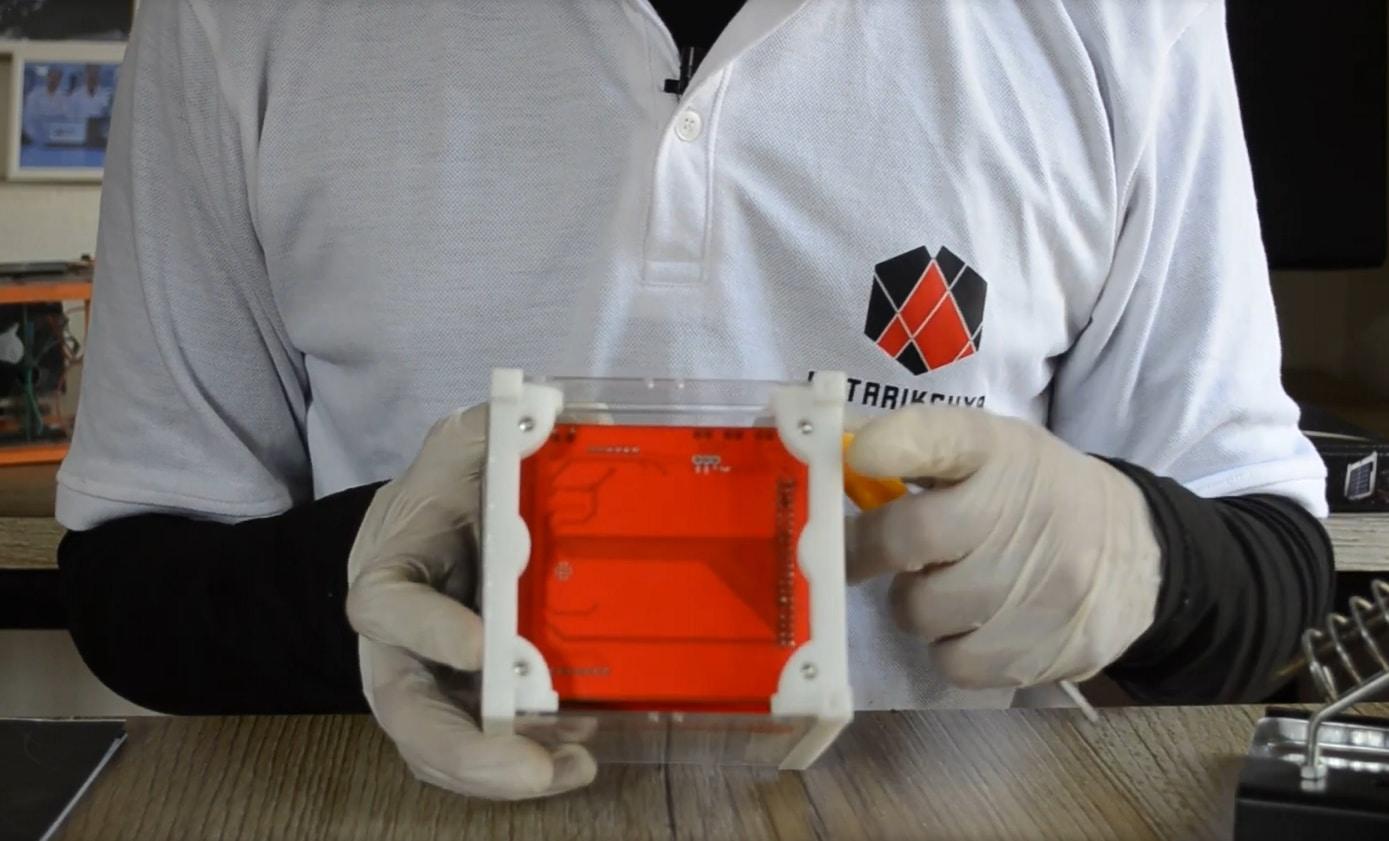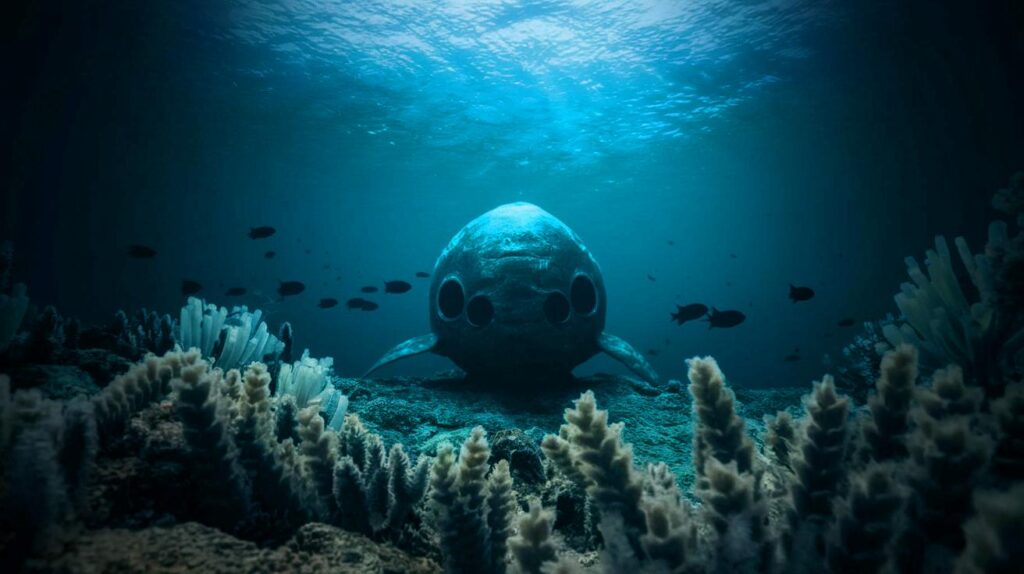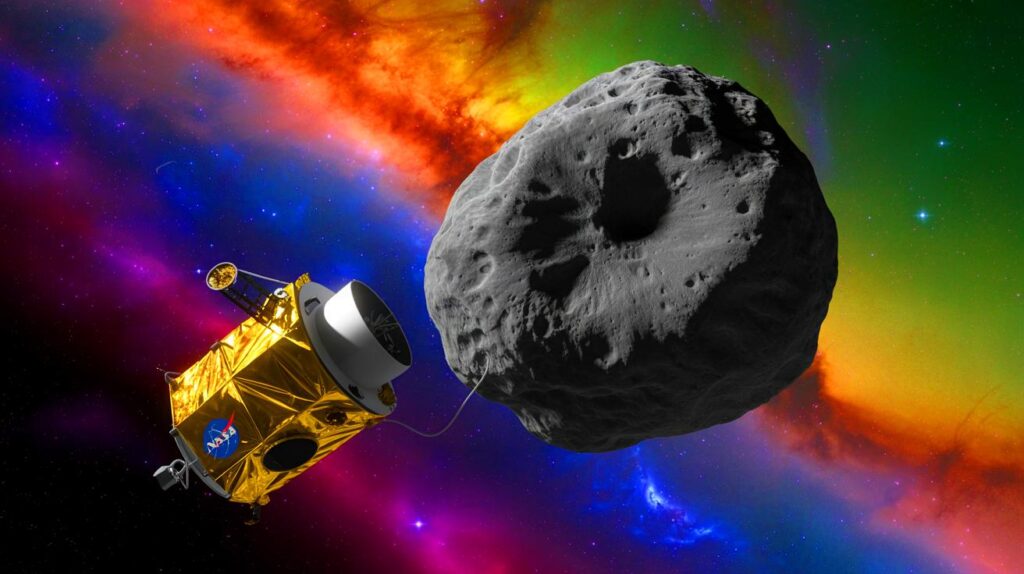| In Brief |
|
In the field of space exploration, an innovative initiative is currently attracting the attention of technology and astronomy enthusiasts. The crowdfunding campaign for the E-Cube, a self-assembly nanosatellite kit, is generating considerable interest. This technological adventure not only allows individuals to build a miniature satellite but also to program it to conduct various experiments. The project, led by the Space Foundation Nepal, aims to integrate Nepal into the space race while providing a unique educational experience.
A Kit CubeSat Project
Space Foundation Nepal, also known as Antarikchya Pratisthan Nepal, has launched this ambitious project with the goal of including Nepal in space exploration. By developing national CubeSat-type projects, the organization also aims to provide training for young people, paving the way for a future generation of space specialists. The crowdfunding campaign on Kickstarter showcases the E-Cube, a project accessible to all enthusiasts. This nanosatellite is based on the CubeSat model, with compact dimensions of 10 x 10 x 10 cm, allowing for about thirty different experiments. This initiative aims to democratize access to space technology while offering a hands-on learning experience.
Assembly and Programming
The E-Cube stands out due to its rich array of components. The kit includes a power system, a solar panel, and a mission board to automate tasks and transmit data back to Earth. The integrated sensors, such as DHT11 for climate observation, BMP for atmospheric pressure and altitude, and GY-521 for navigation, add a scientific dimension to the project. The assembly process is facilitated by a detailed manual and a step-by-step coding guide, allowing even beginners to learn how to build and program their own satellite. The necessary equipment includes a soldering iron, pliers, a multimeter, and safety gear, ensuring secure assembly.
A Successful Campaign
The crowdfunding campaign for the E-Cube is seeing remarkable success. Several versions of the nanosatellite are being offered, including battery-powered and solar-powered models. For educational institutions, a pack of six E-Cubes is being sold for 500 euros, providing a unique opportunity to enrich scientific education programs. With six days left in the campaign, 69 backers have already invested 7,000 euros, surpassing the initial goal of 5,000 euros. However, launching the E-Cube into orbit remains a challenge, as collaborating with a space agency to place even a CubeSat into orbit represents a significant cost.
| Item | Description |
|---|---|
| Power System | Electrical, solar panel |
| Sensors | DHT11, BMP, GY-521, GY-271 |
| Assembly Equipment | Soldering iron, pliers, multimeter, safety glasses |
Promising Future Perspectives
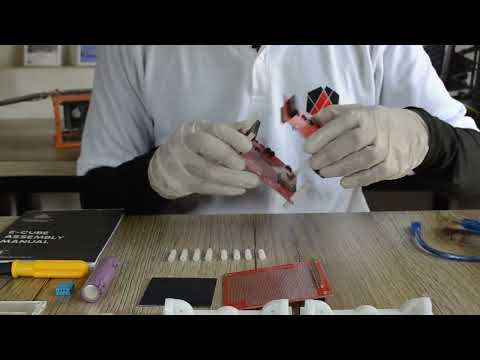

The E-Cube, as an educational and technological project, paves the way for numerous possibilities. By integrating cutting-edge technologies into an accessible format, it allows a broad audience to discover the challenges and stakes of space exploration. This initiative could inspire similar projects, encouraging collaborative and inclusive space exploration. The E-Cube project demonstrates that it is possible to make space technology accessible while fostering innovation and learning. As more people become interested in space, how might these initiatives transform our understanding and interaction with the universe?

